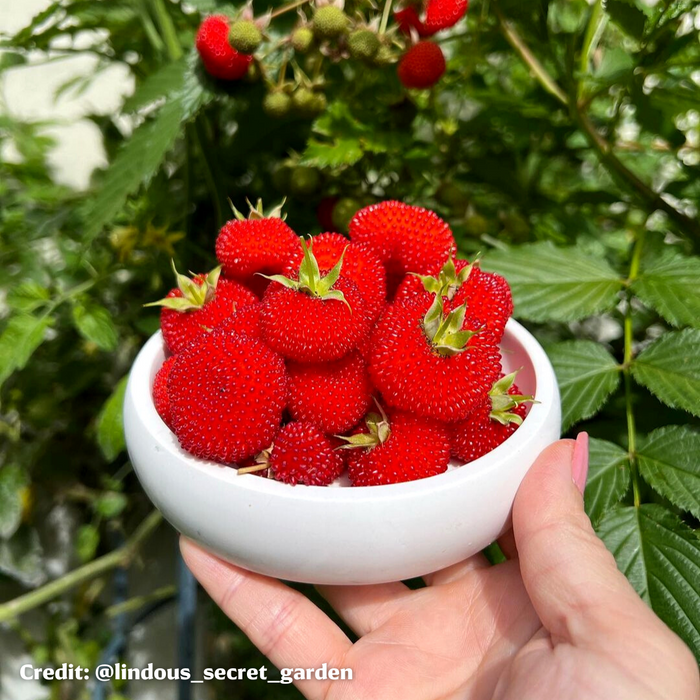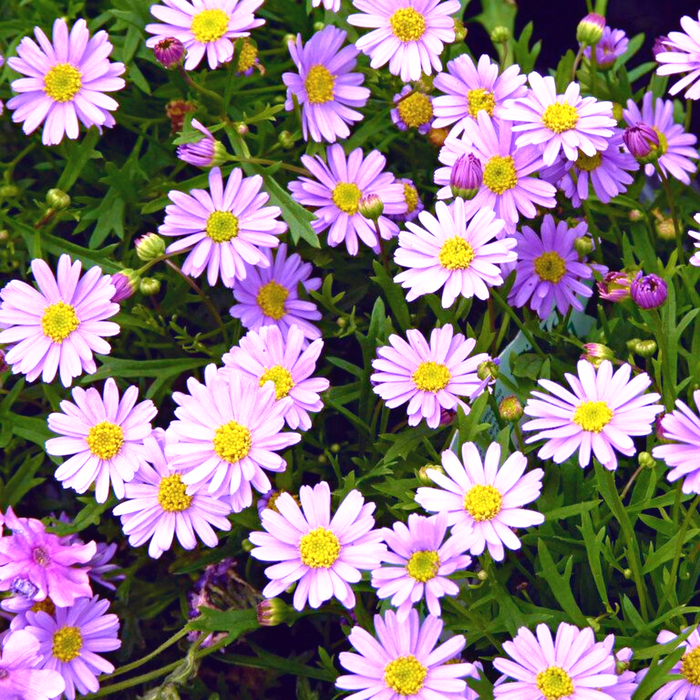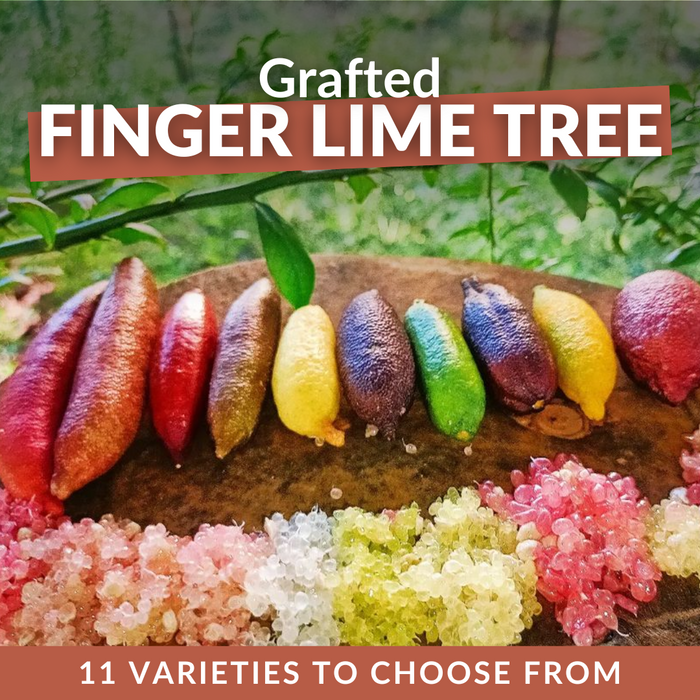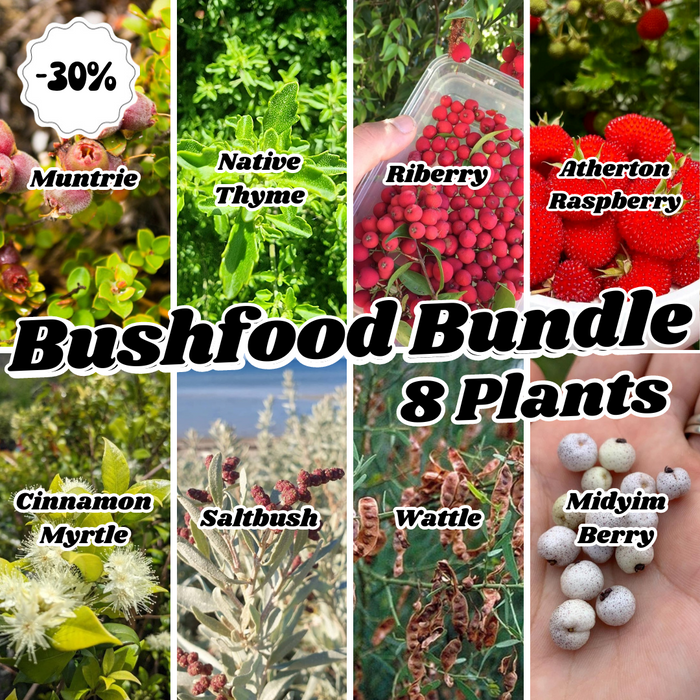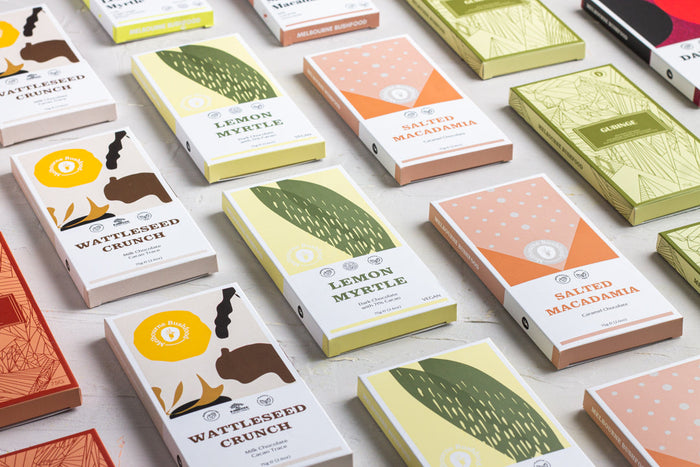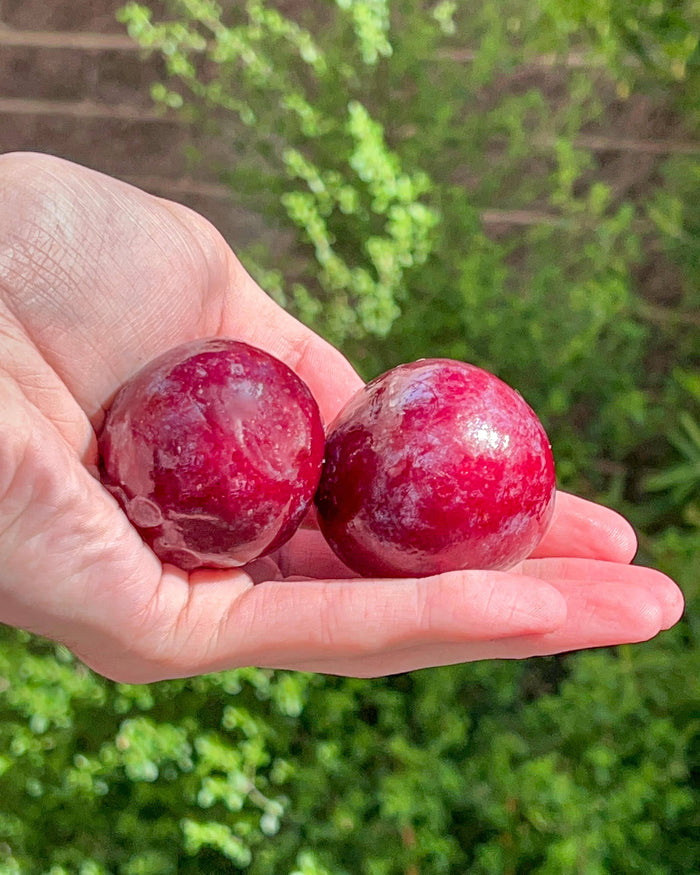

Native Linseed - Growing Native Linseed
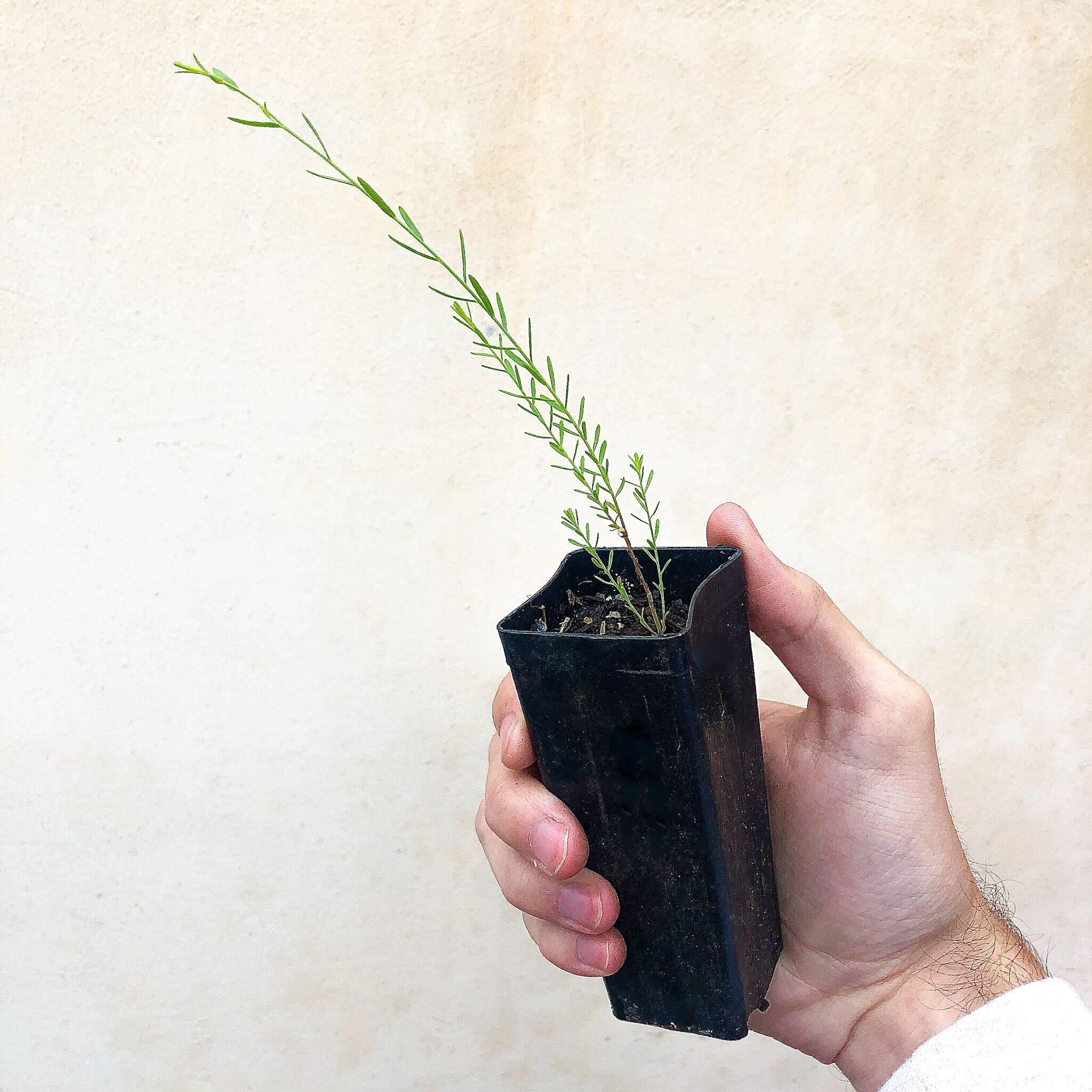
Image from Melbourne Bushfood
Native Linseed is a perennial that grows to a height of 0.6m.It’s a slender straight up herb with thick tuberous roots and unbranched hairless stem.
Don’t panic when your Native Linseed dies to a rootstock during dry seasons as it forms a habit of sprouting right back when conditions are favourable. In fact, this makes it a drought tolerant species.
With A hermaphrodite (having both male and female reproductive systems on the same plant), this means you only need one to flower.
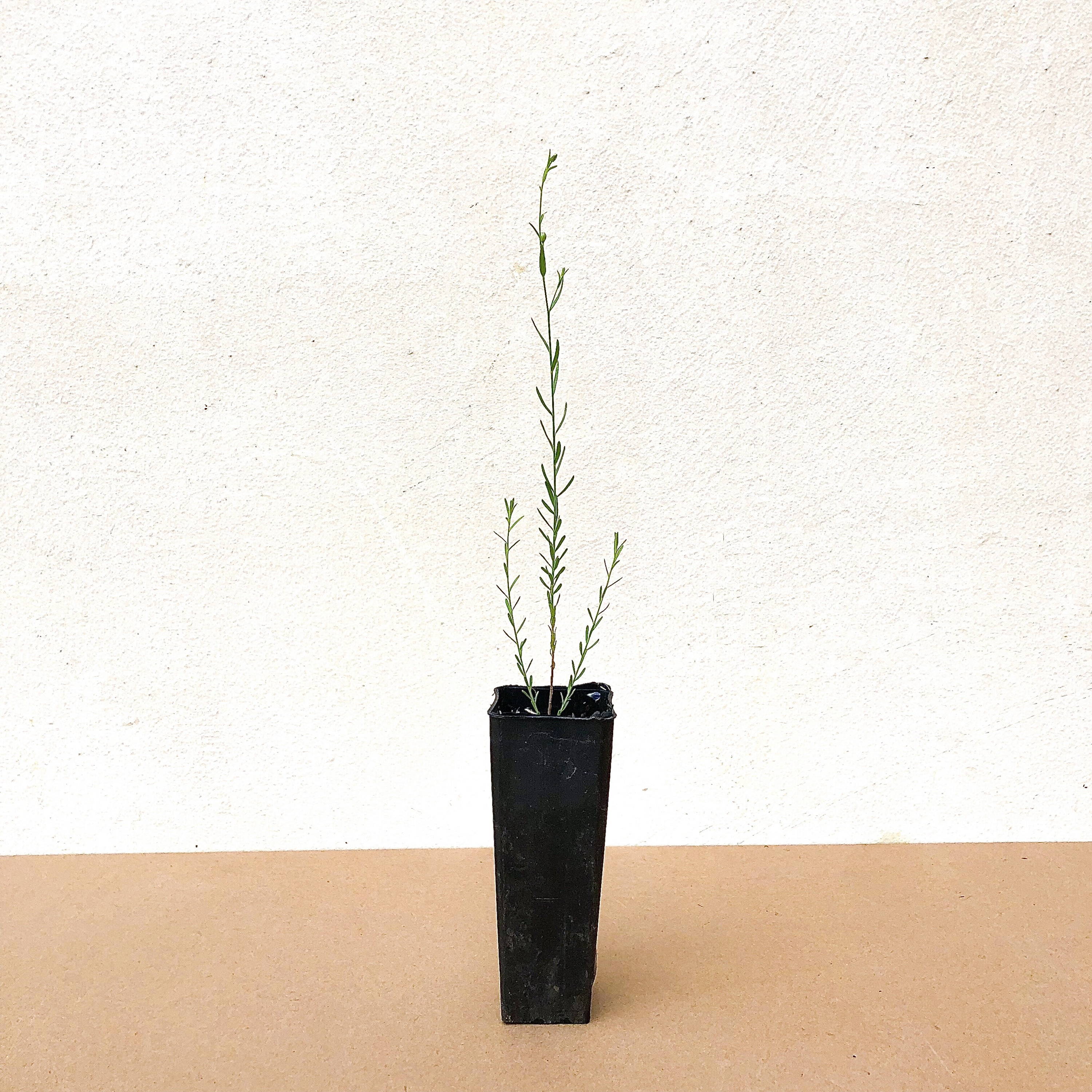
Image from Melbourne Bushfood
Good for:
- Beginners
- Frost
- Drought

Water

Sunlight

Size
Up to 0.6m high
Planting
Planting
Native Linseed is ideal for cottage gardens and rockeries. A low maintenance species, it self-seeds under ideal conditions. You can eat the raw seeds or cook them if you prefer.
Traditional Owners used the very strong fibre from the stem to make cord and twine for fishing nets. It was stripped and beaten for string.
Plant in light sandy and medium loamy soils. These are best for Native Linseed. The soil must be moist but well-drained for it to thrive. In pots, we recommend Osmocote Premium Potting Mix.
Frost tolerance
Native Linseed doesn’t mind heavy frost, as it will take -7°C no trouble at all.
Sunlight
Whilst most native plants will do well in full sun or part-shade, Native Linseed requires full sun.
Drought Tolerance
The species is drought tolerant and doesn’t mind poor soils at all. Water moderately.
Maintenance
Watering
To encourage growth, we recommend you water more during early Spring to the end of Summer.
Fertilizing
Fertilize in Spring using slow-release or seaweed fertilizer. Pro tip: Mixing water soluble fertilizer and seaweed fertilizer does magic for Native Linseed during establishment.
Harvesting
After seeding, prune the plant back to 20cm for best results next season and thank me later.
Other guides:

